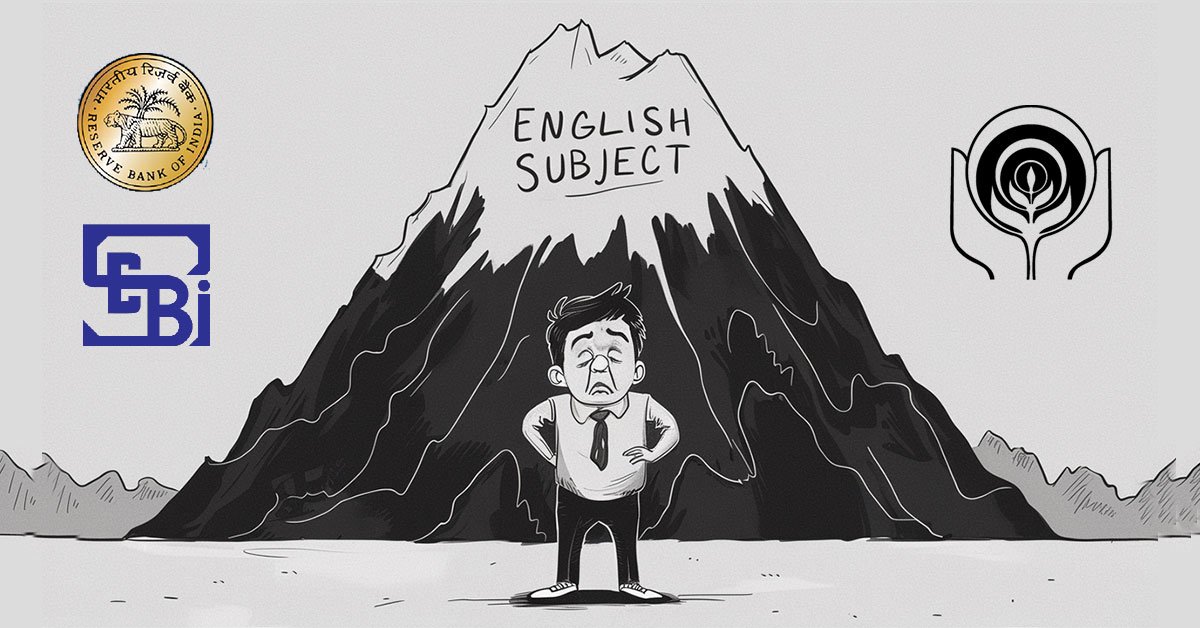Context:
The Union Ministry of Finance (FinMin) is planning to direct banks to implement geotagging for all Business Correspondents (BCs) in order to enhance accountability and facilitate better monitoring of their activities.
The Geotagging Initiative
The geotagging initiative in banking is the process of adding geographical coordinates to banking touchpoints to improve accountability and monitor activities. It can ensure that services are delivered efficiently to the intended beneficiaries.
- What is geotagging?
- Geo-tagging is the process of adding geographical coordinates to media based on the location of electronic devices.
- Geo-tags can be applied to photos, videos, websites, text messages, and QR codes.
- Geo-tagging data typically contains latitude and longitude coordinates, but can also contain altitude, bearing, distance, accuracy data, and place names.
- How is geotagging used in banking?
- The Reserve Bank of India (RBI) has used geotagging to map and manage its banking units, including branches, ATMs, administrative offices, and electronic kiosks.
- The Union Ministry of Finance (FinMin) is planning to ask banks to implement geotagging for all Business Correspondents (BCs).
- Advantages of geotagging in banking
- Geotagging will result in an increased accountability and oversight of the activity.
- Geotagging helps ensure services reach the point efficiently and effectively.
- Geotagging facilitates the development of digital payment infrastructure.
Business Correspondents (BCs)
Business Correspondents (BCs) are bank representatives who provide banking services to customers at locations other than a bank branch or ATM. They are also known as retail agents.
- What do BCs do?
- Open bank accounts, Process loan applications, Deposit and withdraw money, Provide financial advice, and Help with government payments.
















